Bioethics Forum Essay
Evaluating Recommendations to Increase Organ Donation
While the U.S. system of organ donation and transplantation is in a state of growth for the fifth year in a row, the call for new strategies to accelerate that progress has never been more robust as the critical need for transplantable organs continues to far exceed the supply. In an article in the March-April issue of the Hastings Center Report and in a Bioethics Forum essay, Blair Sadler and Alfred M. Sadler, Jr. celebrate the success of the Uniform Anatomical Gift Act, which is 50 years old this year, and offer some recommendations for improving the organ donation system. The Sadlers identify the important ethical principles foundational to the UAGA and the value of an opt-in system of donation, and they recommend a number of improvement efforts already under way today. However, from the perspective of professionals working in donation and transplant, some of the recommendations miss the mark regarding how the donation system currently works and the primary mechanisms to harness the UAGA to drive continued performance improvement.
Some of the Sadlers’ claims about organ procurement organizations need correction. For example, in their Hastings Center Report article the Sadlers note wide variation in the effectiveness of OPOs, stating that “in 2012, 80 percent of eligible adults were registered donors in Alaska, compared to 12.7 percent in New York State.” New York State is now at 25 percent, with more than 5 million registered donors, more than six times the number of individual registrations than the entire population of Alaska. But, more importantly, the percent of registered donors is not a measure of OPO effectiveness. Increasing the number of registered donors is not a regulatory responsibility of OPOs, and OPOs are not directly measured on that basis. Donation rates have two components in the numerator: potential donors who were registered and become donors at death and potential donors who were not registered but whose surrogates are approached at the time of a potential donor’s death and authorize a donation. Accordingly, donor registration rates alone are not a meaningful measure of OPO effectiveness.
The Sadlers go on to recommend that OPOs be measured using “metrics such as the percentage of possible donors who become actual donors and the number of organs transplanted per possible donor,” but in fact, this is already done. Federal regulation requires OPOs to meet a donation rate that is a percentage of potential donors who become actual donors and a yield metric based on the observed to statistically expected rate of organs transplanted per donor. The current national conversation to improve OPO metrics is focused on how to better define a possible donor so as to include broader concepts of medical suitability for transplantation and, if possible, independently reported mortality data.
The Sadlers rightly argue that OPOs should pursue a wider range of potential donors, but they also miss a critical point. Pursuing a wider range of potential donors will be effective only if transplant centers actually use the organs recovered from those donors. In 2017, 18.9 percent of the kidneys and in total nearly 5,000 deceased donor organs recovered by OPOs were discarded because transplant programs were unwilling to use these organs. Transplant centers’ behavior and regulatory disincentives that decrease utilization of available organs must be concurrently addressed. OPOs can recover organs—but transplant centers need to transplant them.
The article’s last recommendation, calling for respecting family wishes and fully informed consent, sounds innocuous but actually conflicts with how the UAGA functions in practice to increase organ donation rates. The UAGA does not and never has allowed families to override an individual’s legally documented donation decision, nor does it provide for an informed consent process. Donor registries are supported under the UAGA by gift law—not informed consent principles. In fact, one of the features of the UAGA that has enabled significant growth in organ donation is that it provides individuals the ability to make their own legally binding gift that is not subject to later being overturned by family after an individual’s death.
Which leads to our last point. The number one recommendation should be the development of effective strategies for encouraging individuals to register as donors. Donate Life America provides an example of the way forward here. It has established best practices for departments of motor vehicles and a centralized, easy way for individuals to register through www.registerme.org. This nationwide coordinated effort has steadily increased donor registrations year over year. There are now 142 million registered donors in the United States, representing approximately 54 percent of the adult population.
The most important historical perspective on the UAGA from the vantage of today is that it created a legal framework back in 1968 that enabled and supports modern web-based donor registries as the most efficient and legally effective mechanism for individuals to voluntarily opt in to organ donation in the United States. This is the single best way the UAGA can be harnessed to drive donation system improvement and increase the number of lives saved through donation and transplantation.
[The first paragraph has been updated with a correction, citing “the value of an opt-in system of donation,” instead of an “opt-out” system.]
Alexandra Glazier, JD MPH, is president and CEO of New England Donors Services, the two OPOs serving Connecticut, Maine, Massachusetts, New Hampshire, Rhode Island and Vermont, and serves on the OPTN Board of Directors. Susan Gunderson, MHA, is CEO of LifeSource, the organ procurement organization serving Minnesota, North Dakota, South Dakota, and portions of western Wisconsin, and she is president of the International Society for Organ Donation and Procurement. Kevin O’Connor, MS, is president and CEO of LifeCenter Northwest, the OPO serving Alaska, Montana, northern Idaho, and Washington.
Bioethics Forum is made possible by people like you. Please support this free publication.
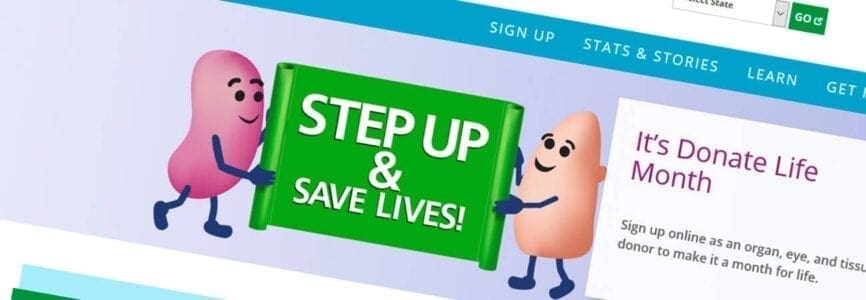



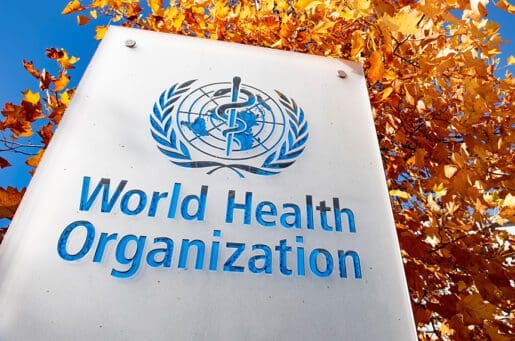
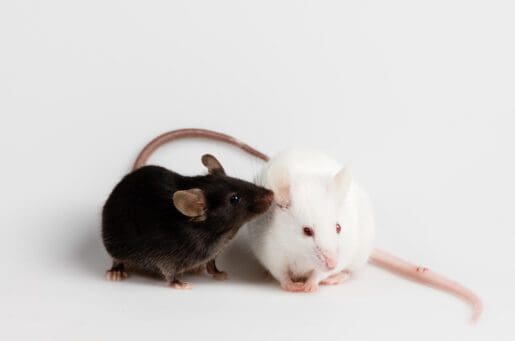
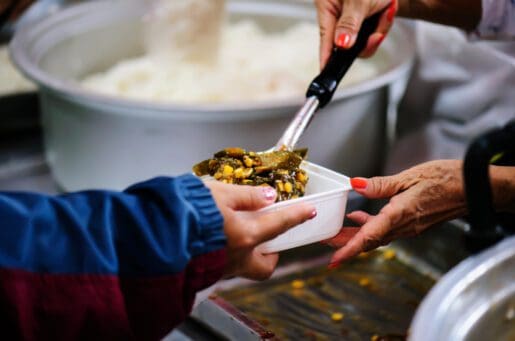
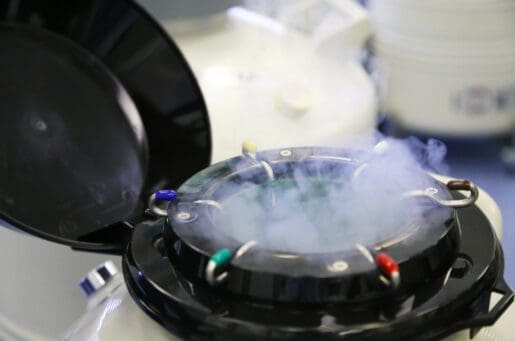

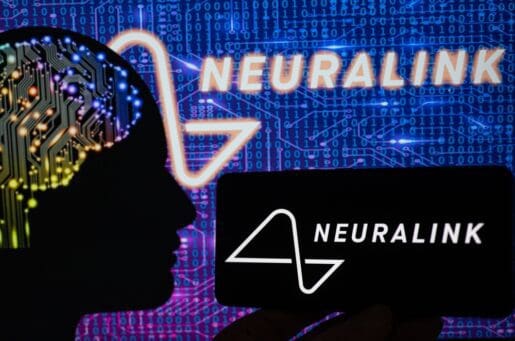



We appreciate the authors’ comments on our article, but they make several assertions that need clarification. Because of word limitations, we will merely comment on a few. They correctly state that some of our ten recommendations are already being carried out, but this should not invalidate them as recommendations because they have not been adopted universally. They incorrectly state that we believe OPOs should be judged by only one metric, organ registration rates, which we do not say. Our fundamental point is that there is widespread variation in OPO performance, using various metrics, which they do not acknowledge. They assert that in 2017, nearly 5000 deceased donor organs recovered by OPOs were discarded by transplant programs. This is a serious problem, but they provide no recommendations for solving it. Their most important recommendation is to increase the number of registered donors, with which we agree. However, they neglect the importance of individuals having conversations with family members in advance, so that the donor’s wishes are known and understood. Reducing the number of 7000 potential organ recipients who die each year, requires a bold, collaborative call to action among all components of our organ donation system, founded on mutual respect.
It seems like there a lot of system issues that are occurring in every critical point in receiving an organ. This article mentioned respecting family members decisions. I will say that I am a firm believer in opt-out organ donation. Not only that, I feel like my decision to donate should not be overridden by my next of kin. As a Nurse, I have seen many times where family members override the decisions patients have made for themselves. I understand emotions are high and that we would love to hold on to our family for as long as possible but where does the line get drawn? I often ask myself, why should I have to rely on my next of kin/power of attorney to make these decisions for me when I have already made it clear from the beginning? I feel like as a country, an Opt-Out system would save more lives and avoid violating that autonomy. Not only that, this could very well expand OPO’s database for potential donors. Individuals can still choose whether or not they want to donate; while they are still alive to do so.
We need more stories about organ donation: stories about recovery and hope. There are many people who dream about saving a life one day. Giving the gift of life through organ donation is a selfless way of doing that. Proposing an opt-out system would probably be one of the most effective strategies for increasing donor numbers and getting more of those stories.